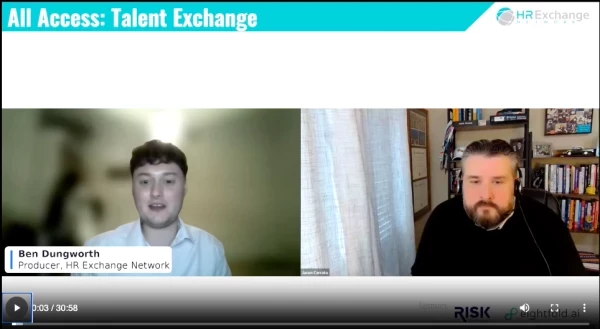The Job Interview Contest: Unbalanced, Uneven, and Unfair
Add bookmarkAdversarial relationships dominate the interview process. It begins with the odds being uneven. There is the minority position of the solitary candidate pitted against the majority position of the hiring committee. Then comfort levels are one sided. The candidate has to learn the names, size up and play to the obsessions of a whole group while they, in turn only have to focus on one person. They also can rest and take turns whereas the candidate is always on. Above all, one is an outsider, the other are insiders. Indeed, if the former does not begin to increasingly sound like the latter, no offer will be made. Finally, the resources are uneven. The applicant’s research skills are no match for the background and social mecia checks of the hiring authority and its HR staff. In short, the company holds most of the cards.
That, plus a tough economy, has upped the ante, on both sides. Applicants have shifted focus from stressing work experiences to sharpening interview skills. Many have hired career coaches to simulate and play out the dynamics of the interview process, including how to dodge slippery questions. How effective this interview prep has been appears in the lamentation that we have been hiring the best interviewers, not necessarily the best candidates.
It does not stop there. Applicants have tapped experts in order to go beyond the basic findings from Google. These include detailed economic analysis of annual reports, using networks of executive head hunters to evaluate current leadership, and business brokers to determine whether there is any evidence of acquisition or merger. Some ingenious applicants borrowing the techniques of private investigators have discovered favorite after work watering holes and dropped in to eavesdrop, But by far the most controversial attempt to even the odds has been creative resumes, especially those who have taken liberties with the truth.
The reactions have been swift and angry. A number of articles and books have appeared warning of the practice and providing HR and prospective employers with examples of what to watch for. The consensus is the no-tolerance position: "Don’t Hire A Liar!"
So where are we? And where do we go from here? Which side do we come done on? Clearly we cannot countenance lying. The implications are too serious.--no negotiation; it is an absolute. And yet the situation remains lopsided; and given the competition for good jobs coupled with a sluggish economy and job market, desperation may again trump integrity.
One suggestion which would not eliminate all differences but bridge some of the gaps is to change the dynamics of the game. On the one hand, tap and capture the research zeal of applicants and their intense motivation to know all. And on the other hand, give them something substantial to chew on. Instead of hoarding job and company information in order to control and parcel it out as part of a cat and mouse game, share it. But do so in situational stages or case studies which present realistic propos which in turn call for detailed responses.
Challenge One
Proposal: The major re-structuring of the company.
Response: Assuming the role of HR, submit your re-organizational plan and timetable.
Challenge Two
Proposal: To better position the company in a competitive global economy, what mergers and/or acquisitions should it consider; and why these?
Response: Identify the members of a task force charged with developing a long range overall global strategy and series of implementation guidelines.
Challenge Three
Proposal: Our innovation efforts to date have bee feeble; not so that of our competition. Which way should we go? Beef up R&D or across the board? In either case we need a new design for engaging employees in innovation.
Response: Design such a systematic approach to be in place in three months or less. The training budget is totally at your disposal.
A small evaluation committee with experts o n each stage would review responses and grade to continue or not to the next stage. The submissions of all those signaled to go on would be saved as position papers and used for later interviews should that occur.
What are some of the expected and hoped for outcomes of the above changes?
Self-Elimination: A number would see how formidable the task was and conclude either that they would not be willing to invest all that time or that all the company is really interested in is picking my brains for frees (which is true). In either case they would withdraw.
Graded Out: Quite a few slap-dash and hurried proposals would be rejected out of hand. Similarly submissions which evidenced a lack of managerial or financial knowledge would not be recommended for continuance.
Short List: By the end of the second stage (certainly by the third), a pool of self-identified and self-qualifying applicants would exist. And up this point aside from composing challenging scripts the hiring committee has sat back while the applicants did all the work.
Set Up Interviews: Interviews at this point are really advanced sessions because the equivalents of the first two which are normally devoted to screening, qualifying and eliminating candidates have already been done. At this point the interview changes from a battle between opposites to a collegial conversation, almost between equals.
The Final Three: If standards have been respected and grading scrupulous and professional; and throughout there is no attempt to reassert control over information sharing, there is an excellent chance that the remaining few survivors will all be winners and minimally be as outstanding as those hiring them.
Above all, their CVs will no longer be suspicious or worrisome. Their submissions have become their resumes. As such they are not only better recorders of past performance, but also better predictors of future growth and contributions.




















